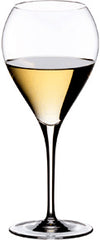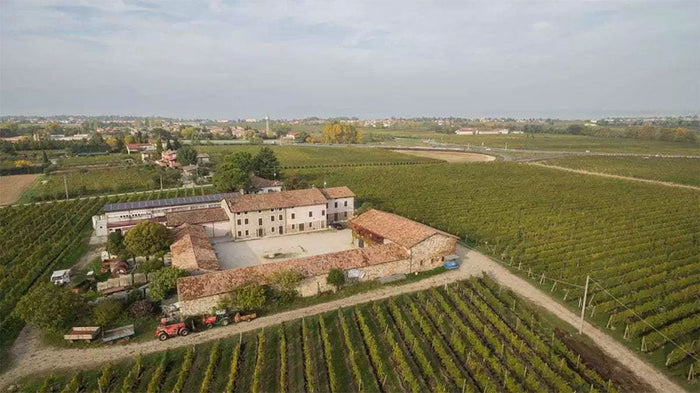Description
Organic late-harvest sweet white passito Lugana DOC, 13.5% ABV, produced by Marangona. 100% Trebbiano di Soave. 0.50 L bottle, 2015 vintage. A wine born from a passion for Lugana, produced since 1973. Fermentation in stainless steel at low temperature (13°C). Aged for 12 months on the fine lees in stainless steel tanks. Ample, moving from the fresh sensations of aromatic herbs to the soft richness of fruit, with hints of saffron, wildflower honey, barley caramel, ginger, cardamom, and Sichuan pepper. It then opens to citrus sensations of lemongrass and sweet spices, with hints of cinnamon. Bright straw yellow. Soft and enveloping, bringing great freshness and excellent flavor. Long finish with warm and slightly spicy aftertaste.
Details

Perfume

Color

Taste
Serve at:
10 - 12 °C.
Longevity:
10 - 15 years

Pairings
- Start up year: 1973
- Oenologist: Paolo Posenato, Alessandro Cutolo
- Bottles produced: 90.000
- Hectares: 30
Now in its third generation, the winery concentrates on the production of Lugana, offering different versions: among these we like to mention the selection, the Lugana Classico Tre Campane, the Lugana Vendemmia Tardiva Rabbiosa, with November harvest of partly botrytized grapes, and the Lugana Cemento, clear reference to the container in which fermentation with maceration takes place Read more


| Name | Marangona Lugana Rabbiosa Vendemmia Tardiva 0.5L 2015 |
|---|---|
| Type | White organic late harvest dessert wine dessert wine |
| Denomination | Lugana DOC |
| Vintage | 2015 |
| Size | 0,50 l |
| Alcohol content | 13.5% by volume |
| Grape varieties | 100% Trebbiano di Soave |
| Country | Italy |
| Region | Lombardy |
| Vendor | Marangona |
| Origin | Pozzolengo (Brescia). |
| Soil composition | Clayey-limestone. |
| Cultivation system | Double bow-trained. |
| Plants per hectare | 3,000. |
| Yield per hectare | 4,000 kg/hectare. |
| Harvest | November. |
| Wine making | Fermentation in stainless steel at a temperature of 13°C. |
| Aging | 12 months on fine lees in stainless steel tanks. |
| Allergens | Contains sulphites |




